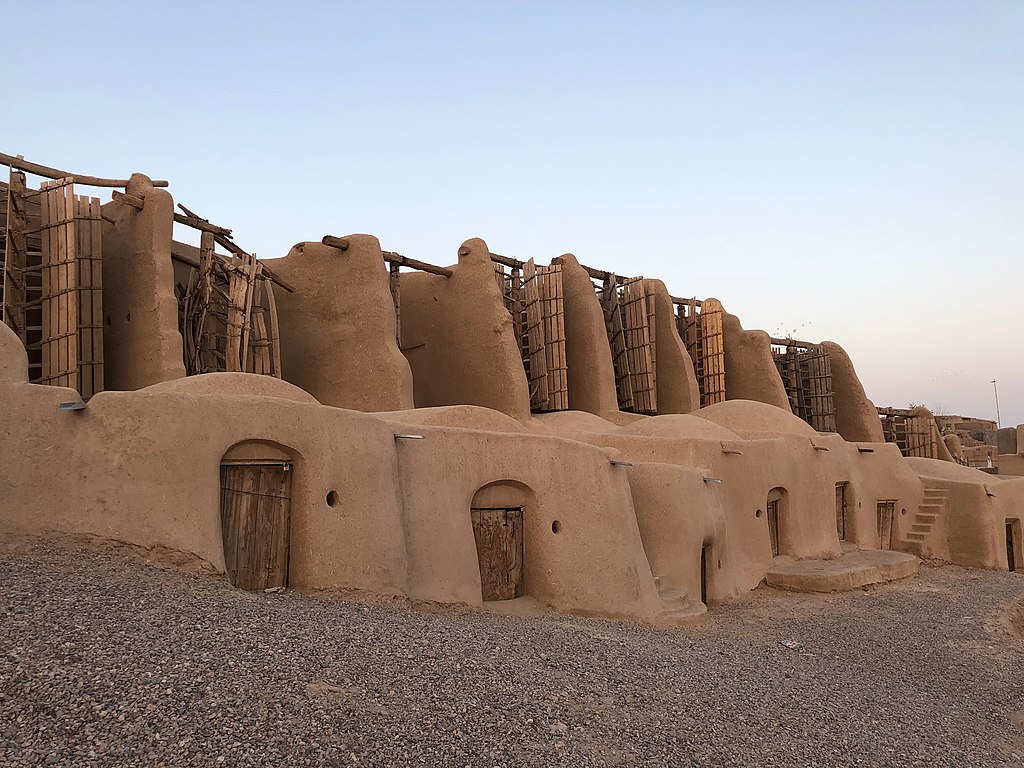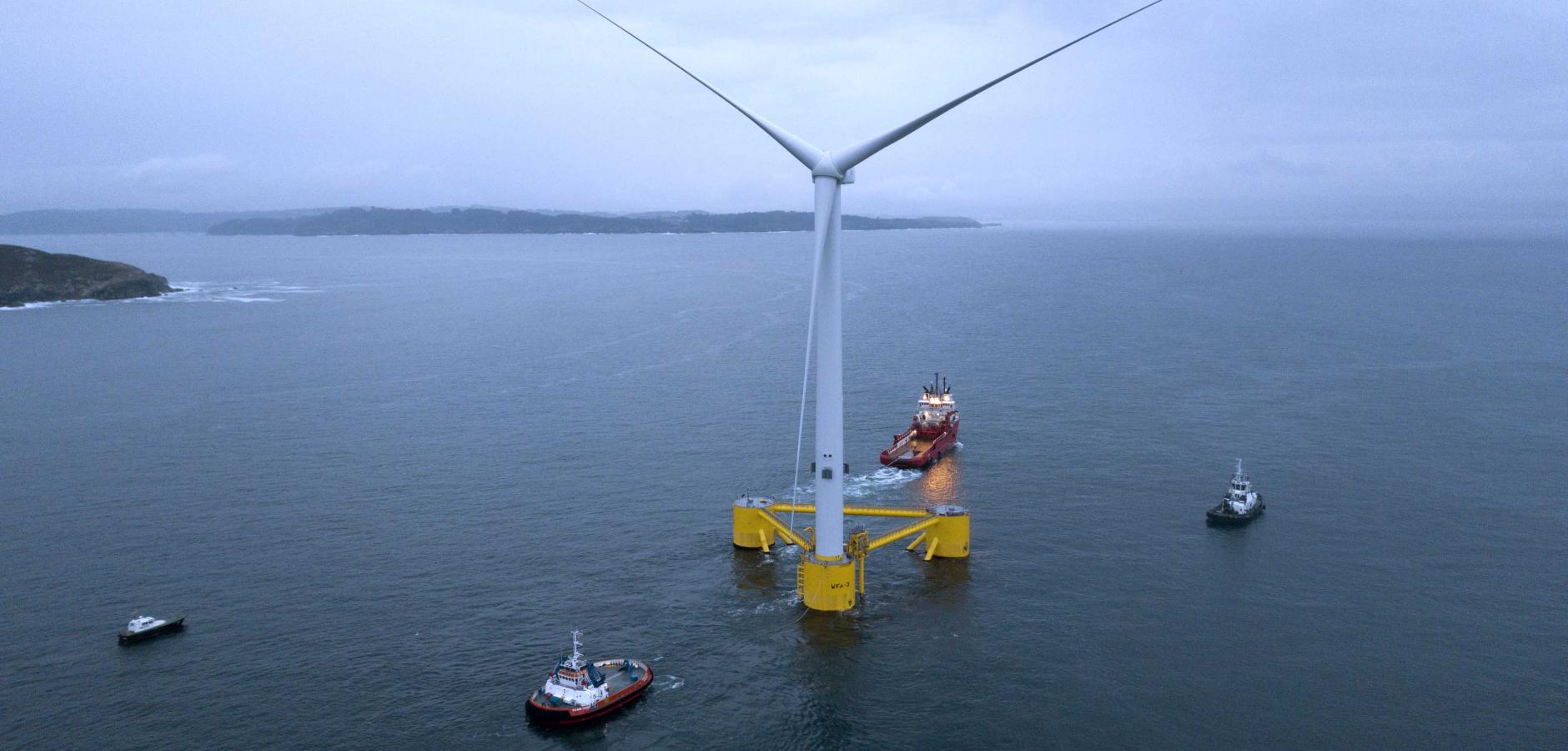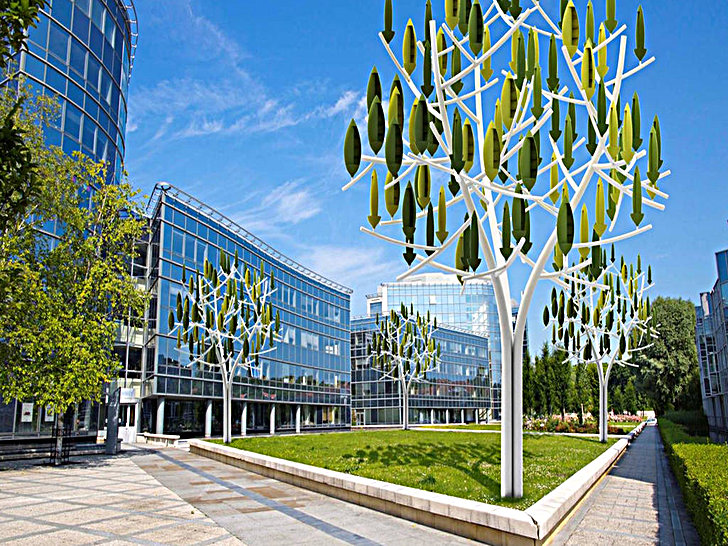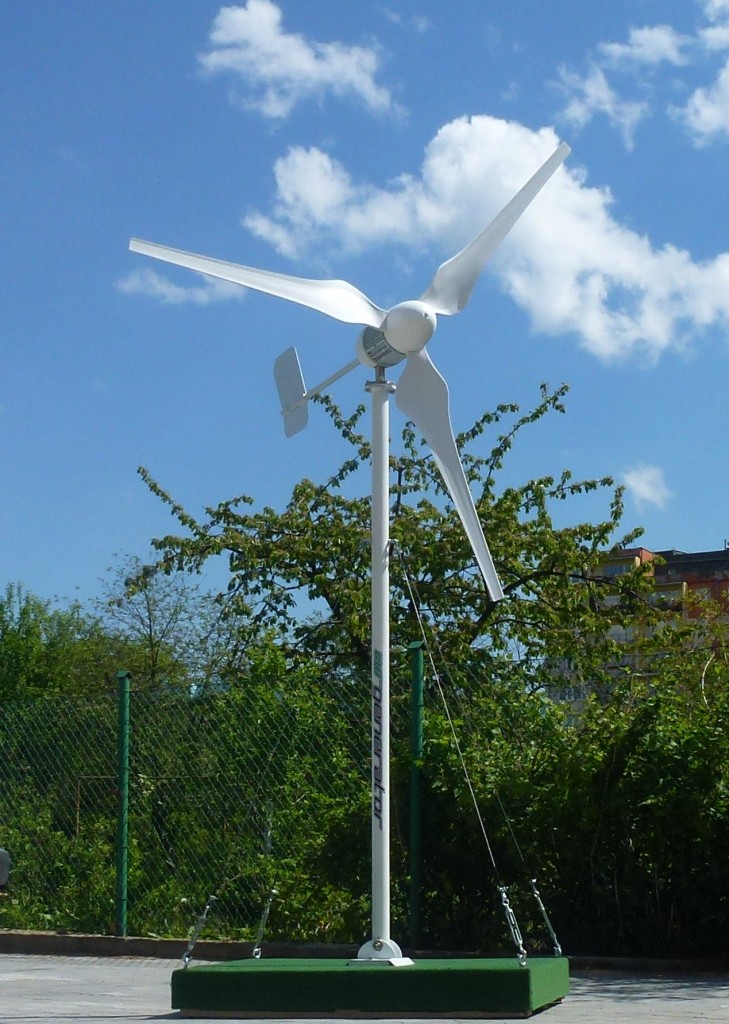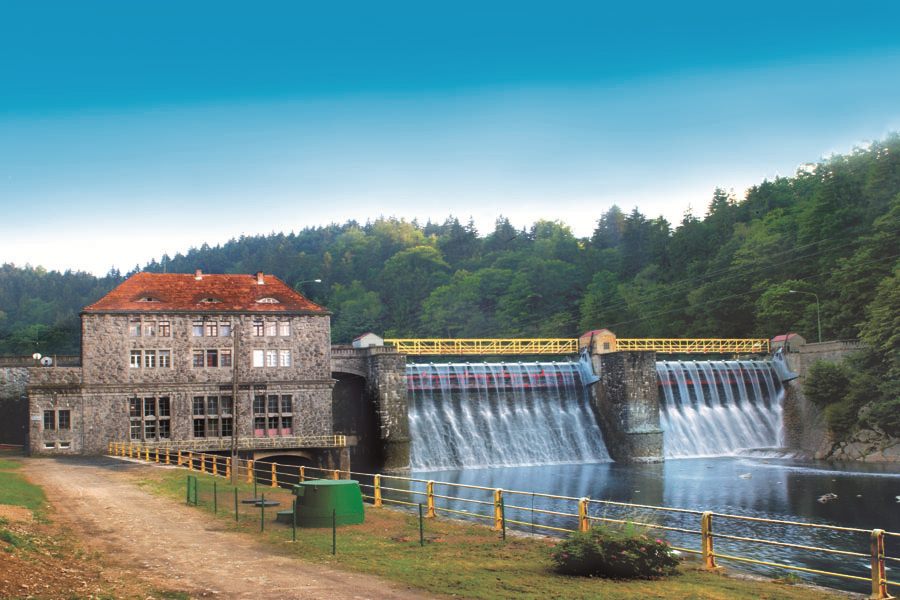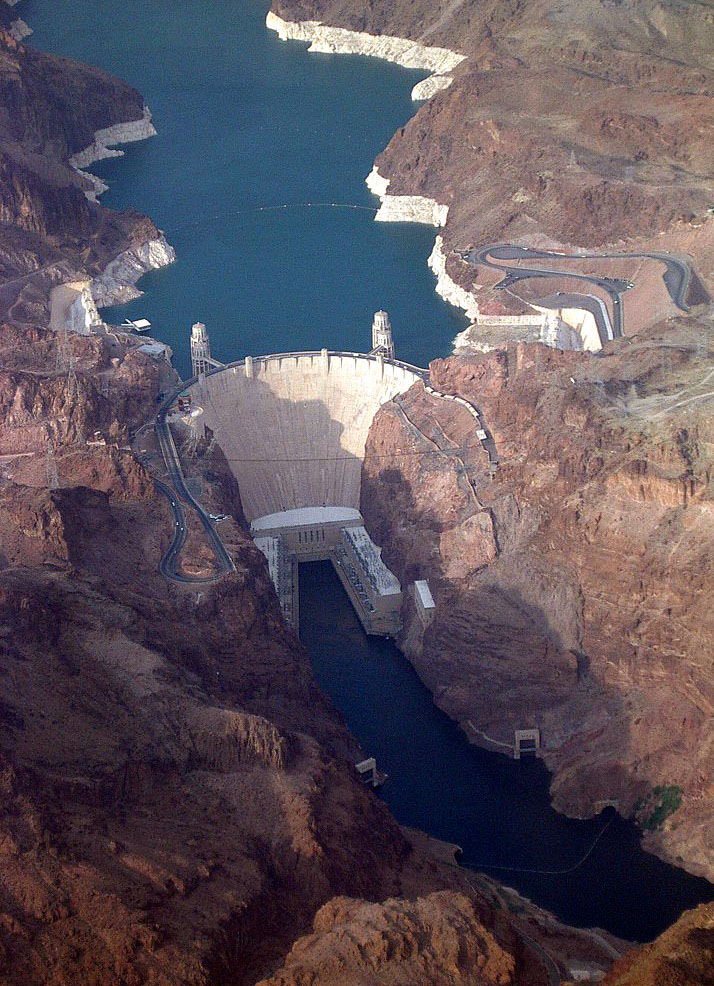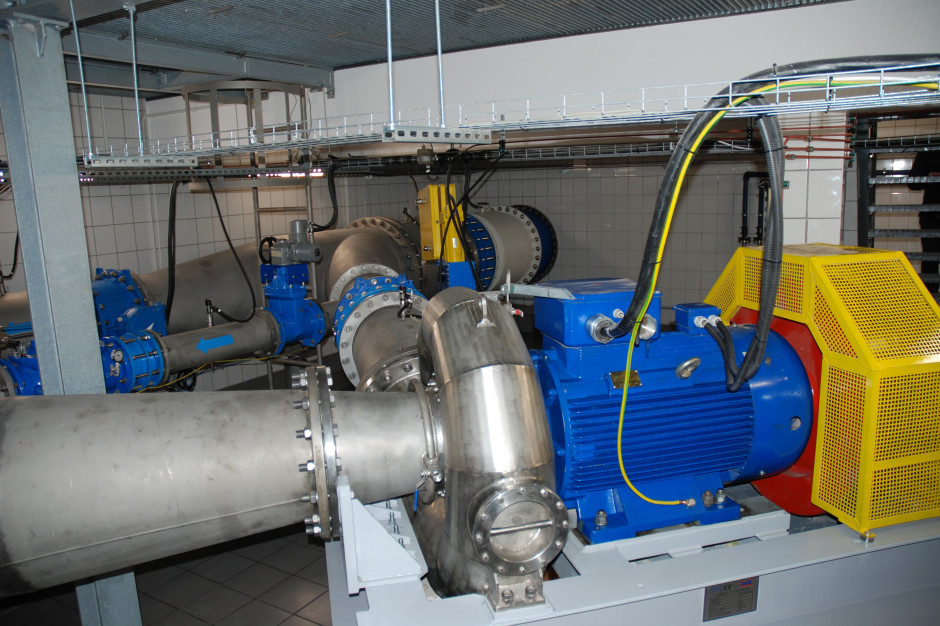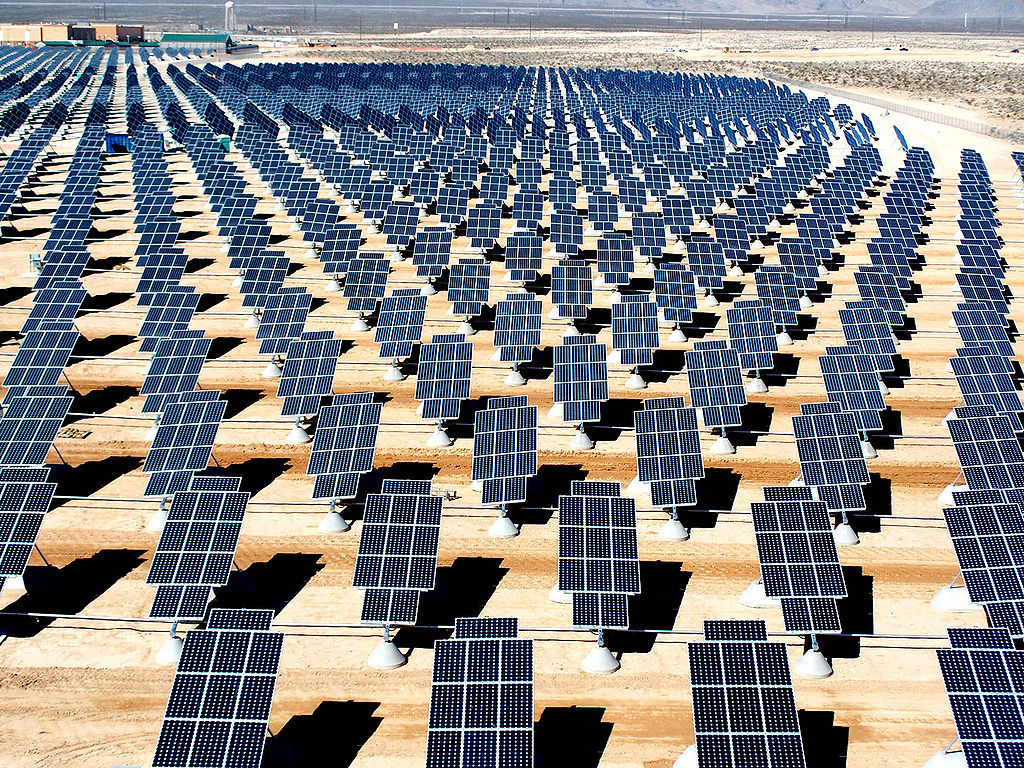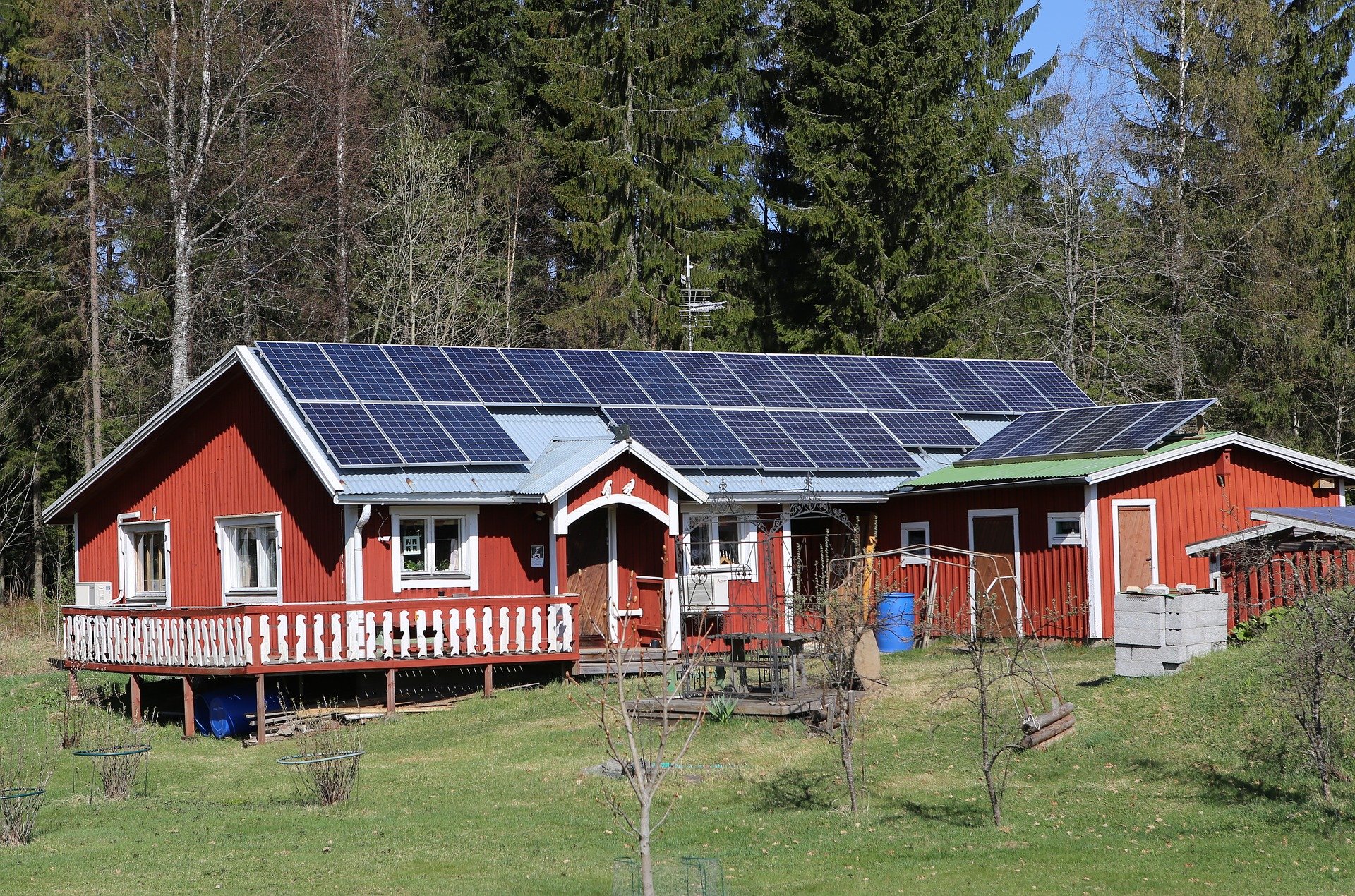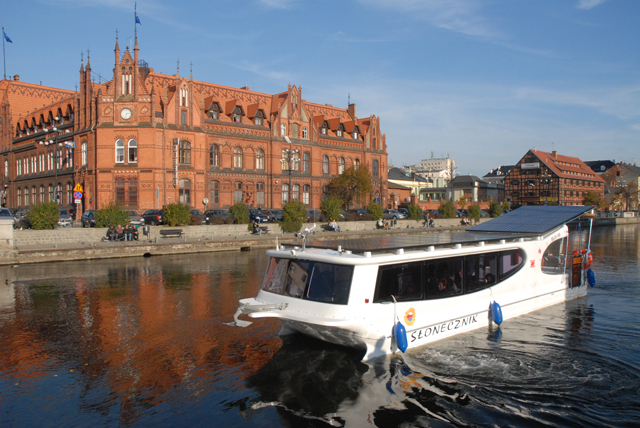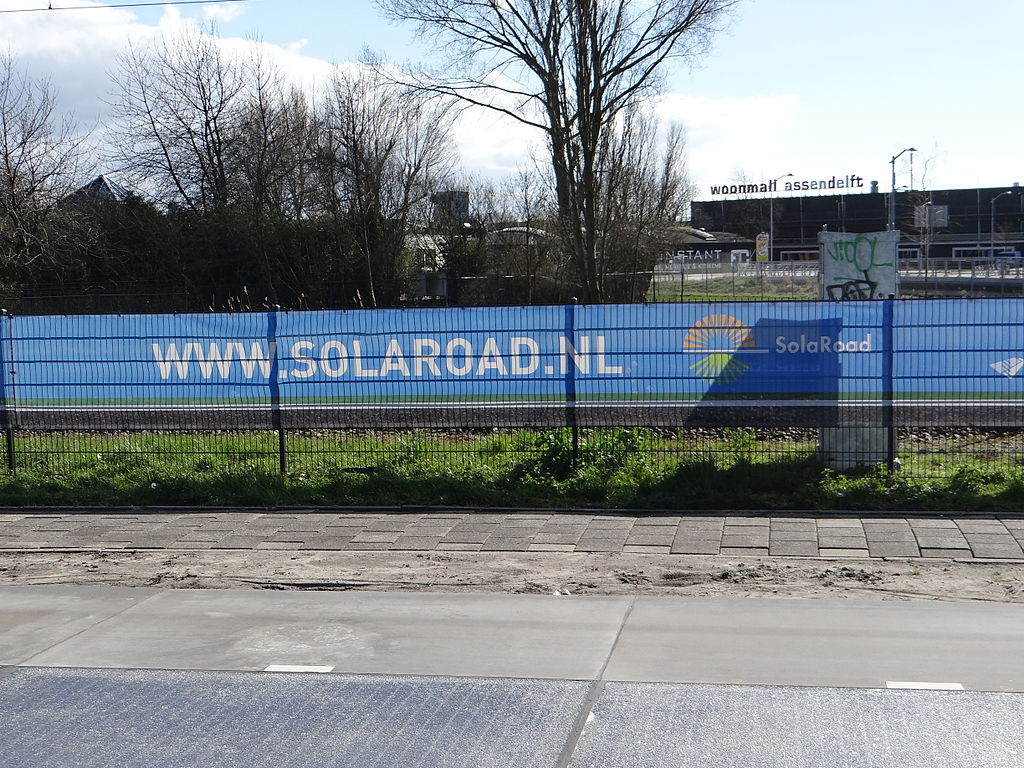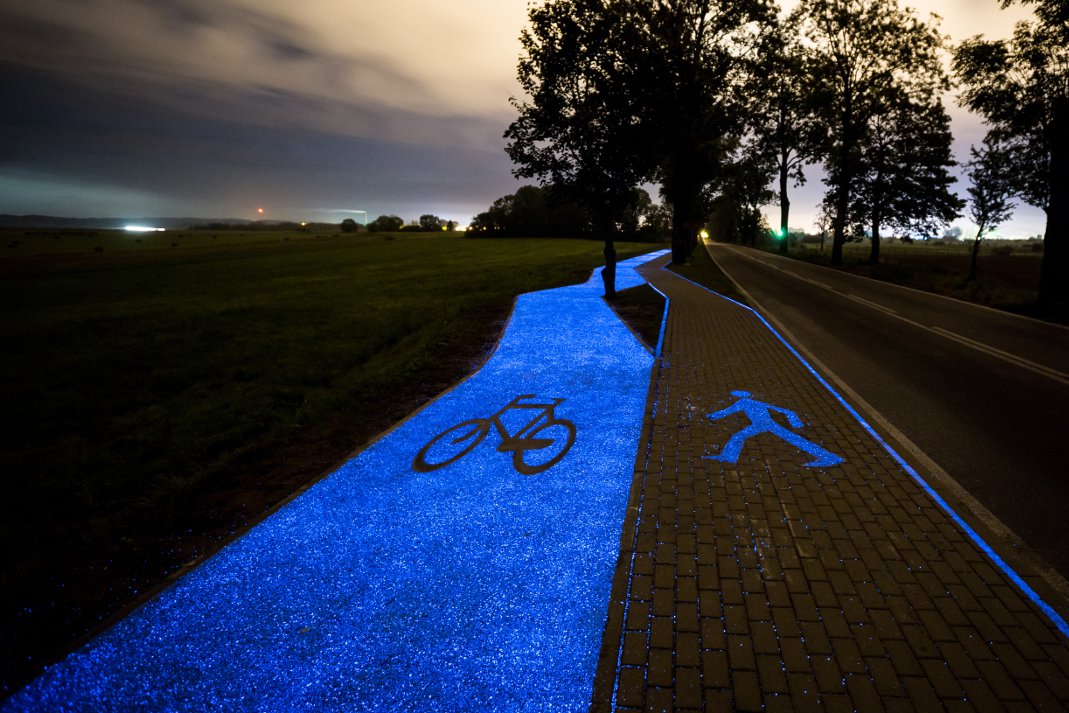
From the earliest times, humans have used nature - wind and water - to obtain energy. They built windmills to irrigate the fields and to grind flour and water-powered mills for industrial production. The 19th century was the age of many inventions, when the first machine-turbine for electricity production was constructed. Small hydropower plants were built to dam up water. Then high dams were built on large rivers with power plants that supplied electricity to large cities and industrial plants. Other large power plants burned coal and oil (non-renewable energy) to generate electricity. These fossil fuels are slowly depleting and new structures have been built for decades to obtain energy from nature.
Increasing prices of energy from burning coal and oil, diminishing resources on Earth and environmental pollution are the reasons why people and industry are interested in renewable energy sources. They use the power of water, sun and wind, heat from under the Earth’s surface (geothermal) and sea waves. Garbage (organic waste from landfills or fast-growing plants) has also been used recently to generate electricity when burned - that's biofuel and biomass - or to extract gas from rotting waste.


